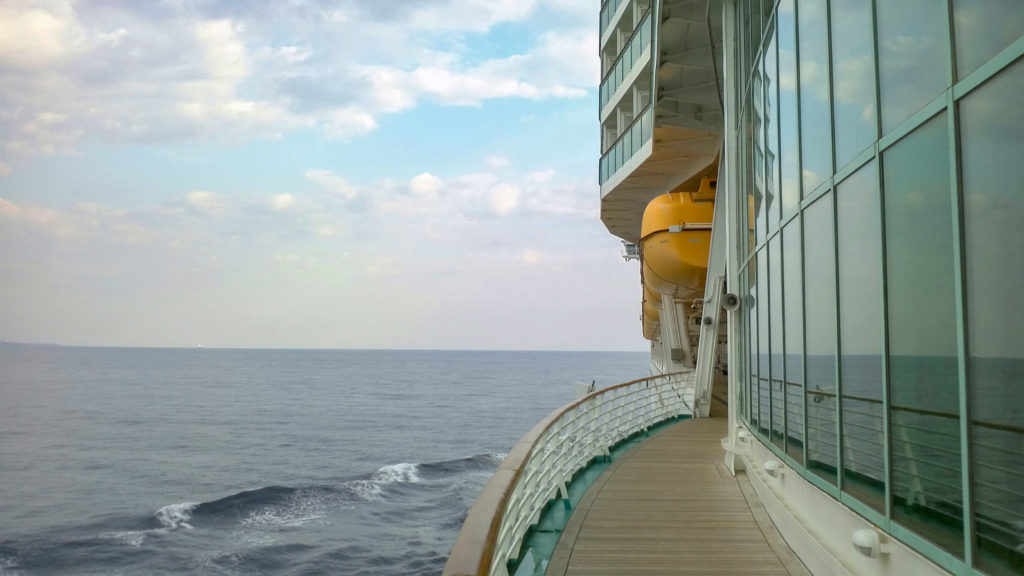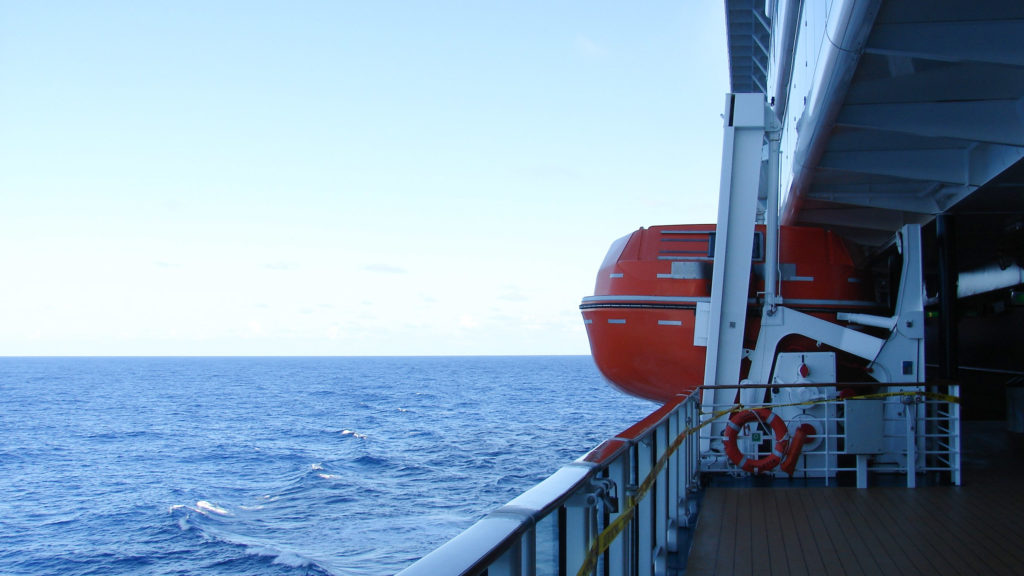The Centers for Disease Control and Prevention (CDC) has issued a Framework for Conditional Sailing Order that introduces a phased approach for the safe and responsible resumption of passenger cruises.

According to a statement by the Centers for Disease Control and Prevention (CDC) recent outbreaks on cruise ships provide evidence that cruise ship travel facilitates and amplifies transmission of COVID-19. The current scientific evidence suggests that cruise ships pose a greater risk of COVID-19 transmission because people spend time close together and with travelers from many countries.
CDC’s surveillance data also shows that drastically decreasing population onboard without additional mitigation measures does not end transmission.
Other factors likely to contribute to onboard transmission are crew living and working in close quarters in a partially enclosed environment where social distancing may prove challenging, even with a limited number of people. Additionally, mild illnesses and asymptomatic infections make case detection and isolation and quarantine practices challenging. Thus, unrecognized spread of infection among crew may keep the virus circulating from one voyage to the next. Disease can spread between ships when crew members from a ship with an outbreak transfer to other ships. Infected people may also travel on cruise ships between countries.
Because of this on March 14 the CDC issued a No Sail Order that suspended cruise ship passenger operations in the United States. From July 20 through September 21, 2020, the CDC invited public comments on specific questions regarding interventions, methods, protocols, and procedures for protecting the public’s health as well as the health of prospective passengers, crew members, and industry-related service providers. The majority of respondents (approximately 75%) expressed support for resuming passenger operations in a way that mitigates the risk of spreading COVID-19. Most respondents also expressed the need for increased public health measures and accommodations for travelers, including health screening, testing, mask use, social distancing, travel insurance, and refunds.
Also read: Experts recommend heightened protocols for the healthy return of sailing
Following these comments the CDC has issued a Framework for Conditional Sailing Order that introduces a phased approach for the safe and responsible resumption of passenger cruises.
“This framework provides a pathway to resume safe and responsible sailing. It will mitigate the risk of COVID-19 outbreaks on ships and prevent passengers and crew from seeding outbreaks at ports and in the communities where they live,” says CDC Director Robert R. Redfield, M.D. “CDC and the cruise industry have a shared goal to protect crew, passengers, and communities and will continue to work together to ensure that all necessary public health procedures are in place before cruise ships begin sailing with passengers.”
A phased approach
The CDC and the cruise industry have the same goal: A safe return to passenger sailing. The CDC’s Framework for Conditional Sailing Order provides cruise lines a pathway to systematically demonstrate their ability to sail while keeping passengers, crew and their destination ports safe and healthy.

Cruising safely and responsibly during a global pandemic is very challenging. The Framework for Conditional Sailing Order requires a phased approach to resuming passenger operations. A phased approach is necessary because of the continued spread of the COVID-19 pandemic worldwide, risk of resurgence in countries that have suppressed transmission, ongoing concerns related to restarting of cruising internationally, and need for additional time for the cruise industry to test the effectiveness of measures to control potential COVID-19 transmission on board cruise ships with passengers without burdening public health.
During the initial phases, cruise ship operators must demonstrate adherence to testing, quarantine and isolation, and social distancing requirements to protect crew members while they build the laboratory capacity needed to test crew and future passengers. Subsequent phases will include simulated (mock) voyages with volunteers playing the role of passengers to test cruise ship operators’ ability to mitigate COVID-19 risk, certification for ships that meet specific requirements, and return to passenger voyages in a manner that mitigates COVID-19 risk among passengers, crew members and communities.
In response to the CDC’s announcement Kelly Craighead, president and CEO of Cruise Lines International Association (CLIA) stated that: “Our member lines are 100 percent committed to helping to protect the health of our guests, our crew and the communities we serve, and are prepared to implement multiple layers of protocols informed by the latest scientific and medical knowledge.” She continued: “We look forward to reviewing the new Order and are optimistic that it is an important step toward returning our ships to service from U.S. ports.”
Also read: CLIA announces core elements for a return to cruising
CDC will help ships prepare and protect crew members during the initial phases by:
- establishing a laboratory team dedicated to cruise ships to provide information and oversight for COVID-19 testing,
- updating its color-coding system to indicate ship status,
- updating its technical instructions, as needed, and
- updating the “Enhanced Data Collection (EDC) During COVID-19 Pandemic Form” to prepare for surveillance for COVID-19 among passengers.
The Framework for Conditional Sailing Order applies to all cruise ships, which the Order defines as commercial passenger ships with the capacity to carry more than 250 people and where an overnight stay onboard by passengers or crew is anticipated. The Order applies to all cruise ships operating in U.S. waters as well as cruise ships operating outside of U.S. waters if the cruise ship operator intends for the ship to return to U.S. waters while the Order remains in effect. The Order does not apply to non-cruise ships such as cargo ships.